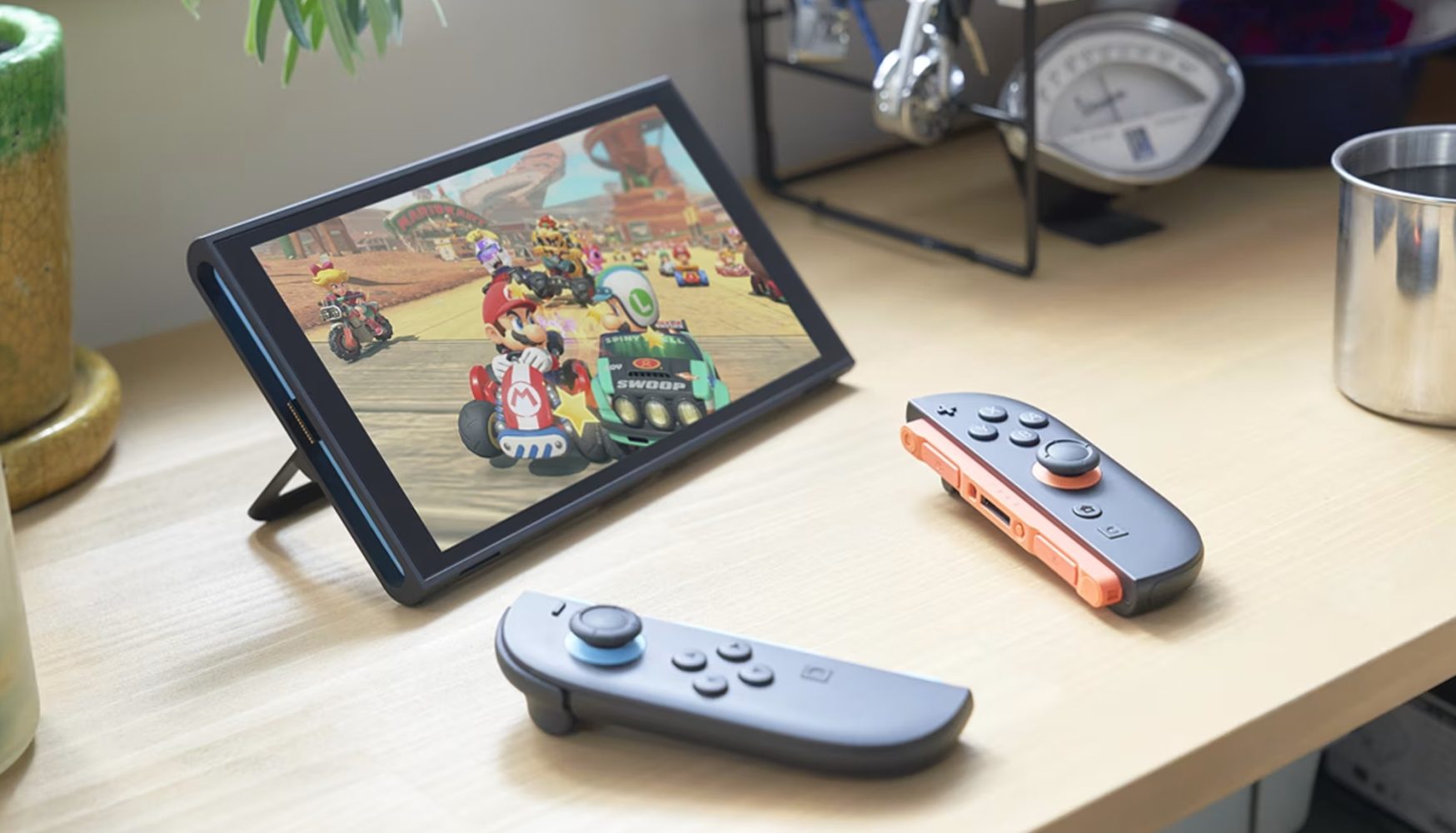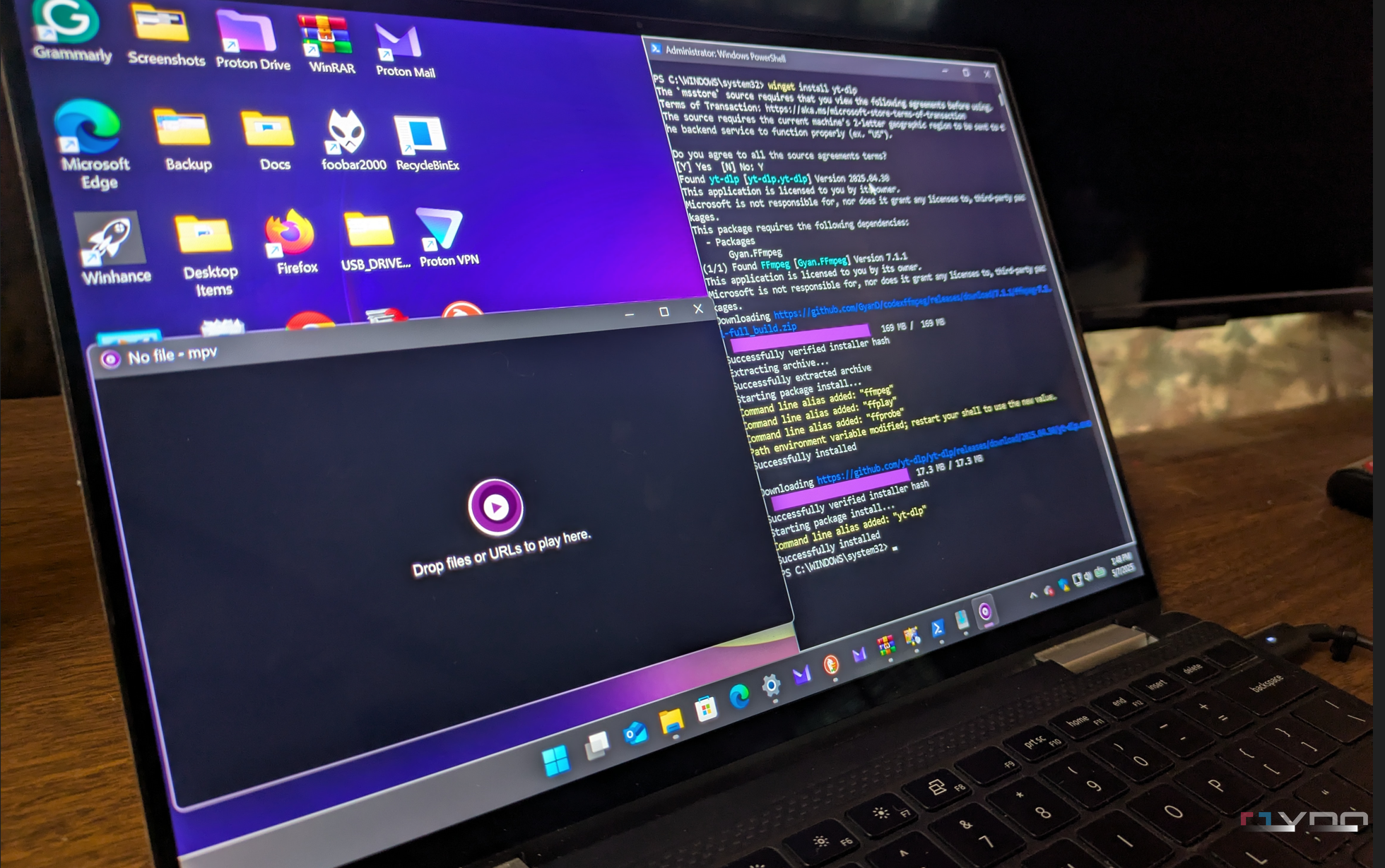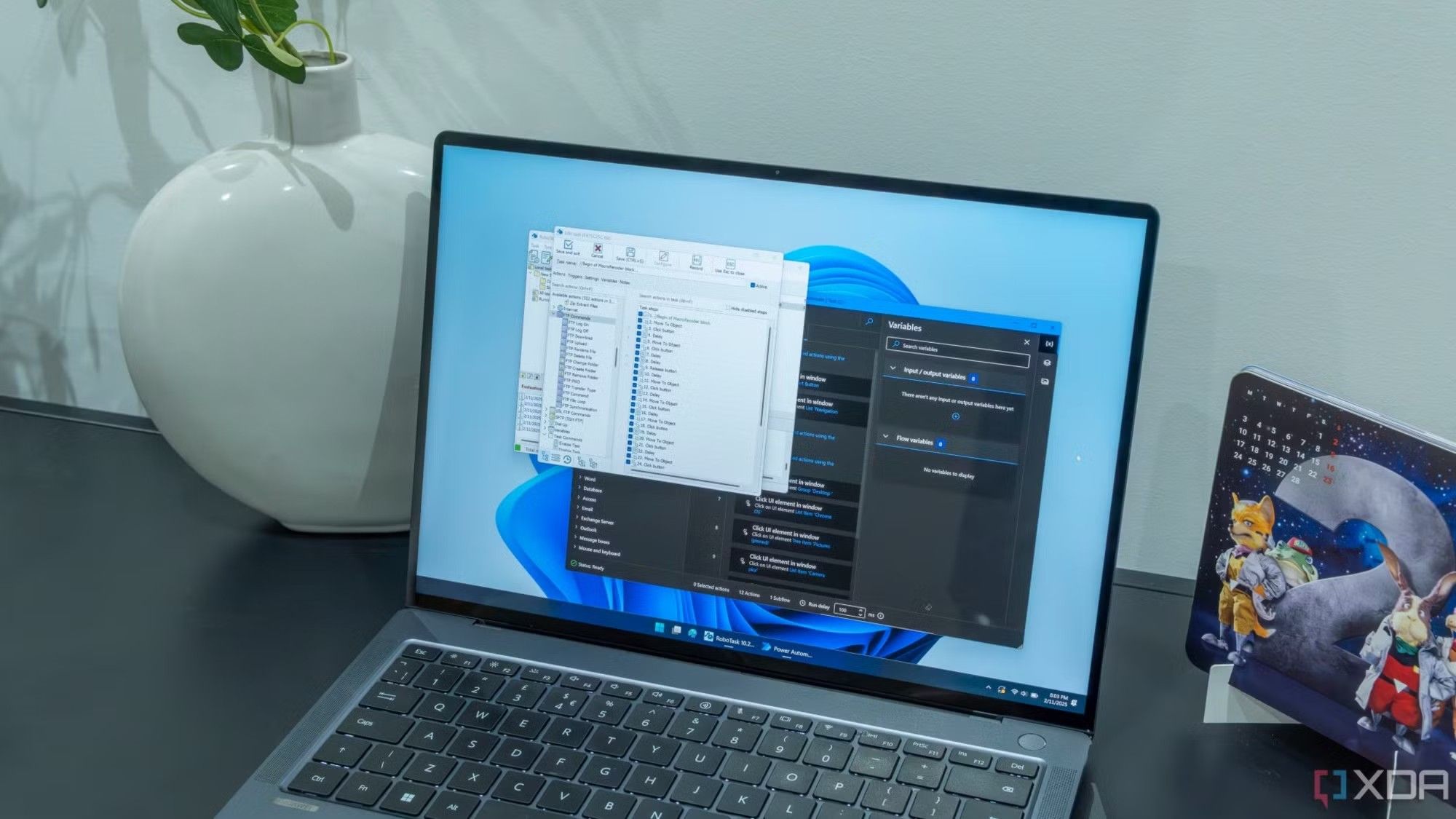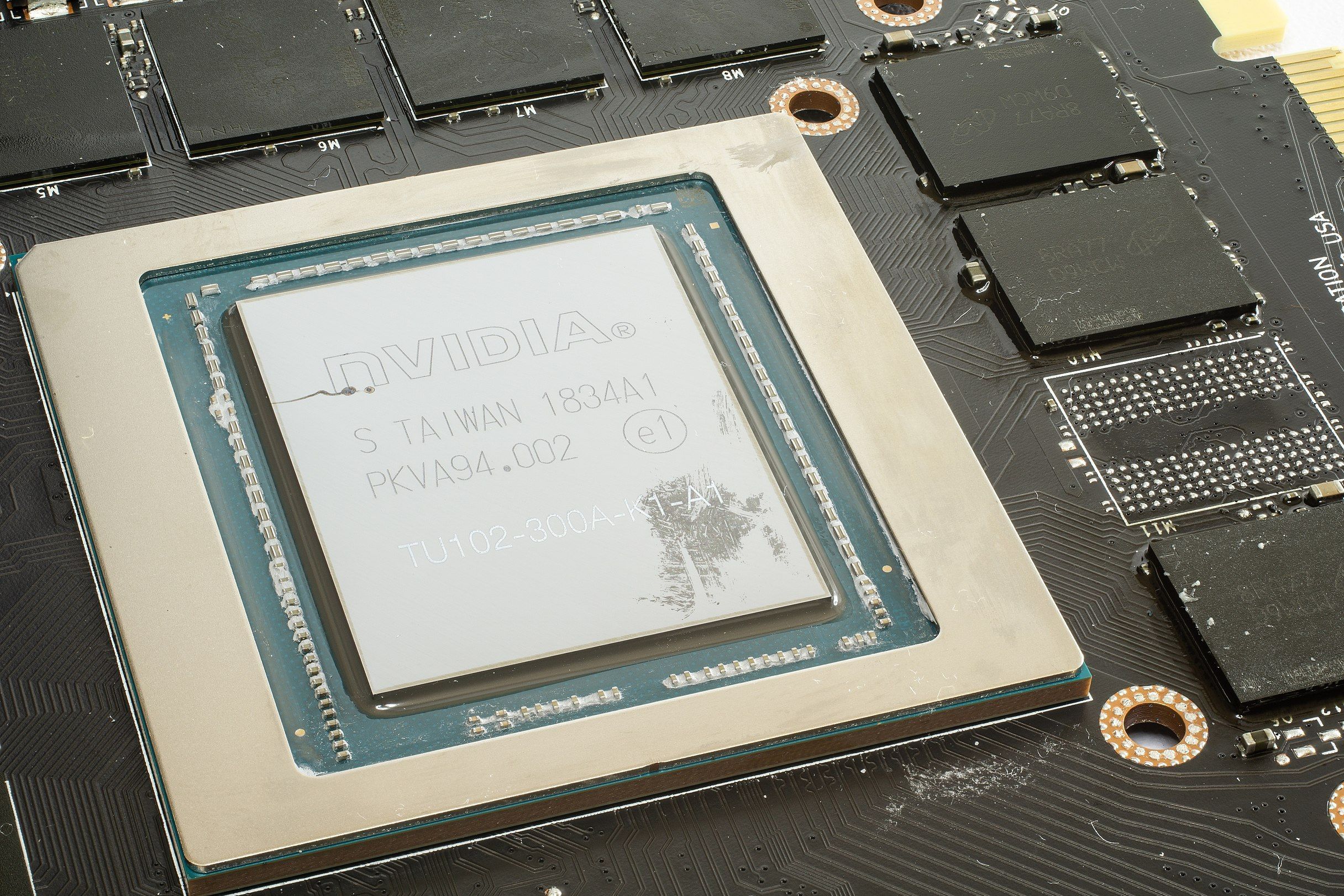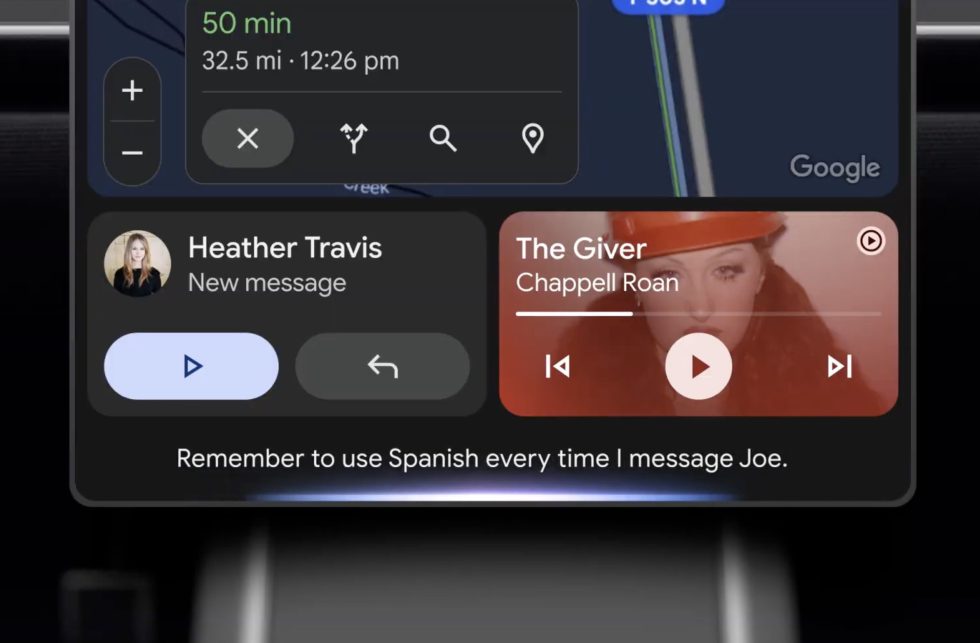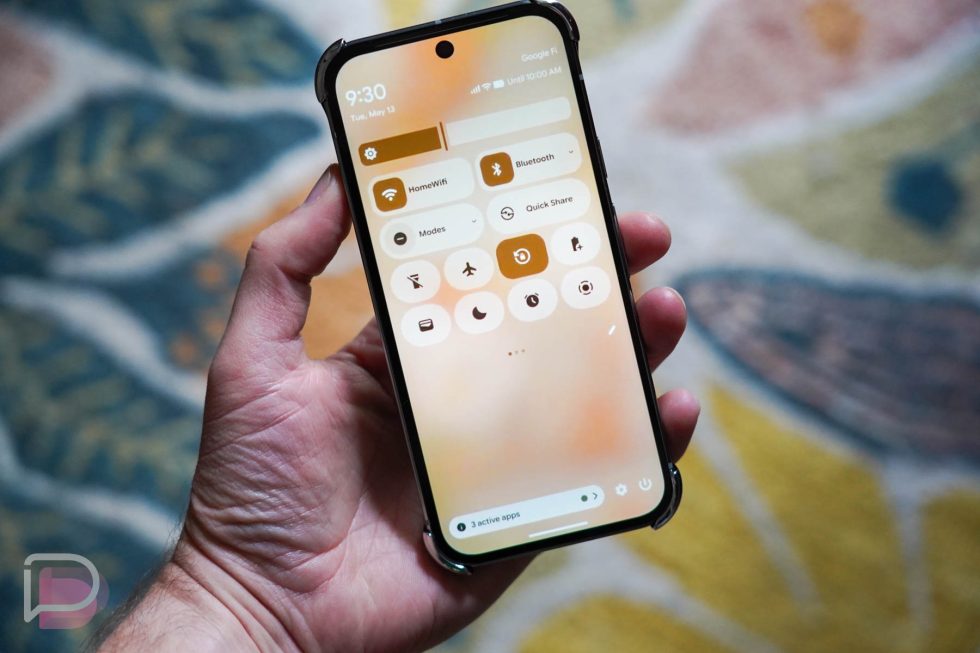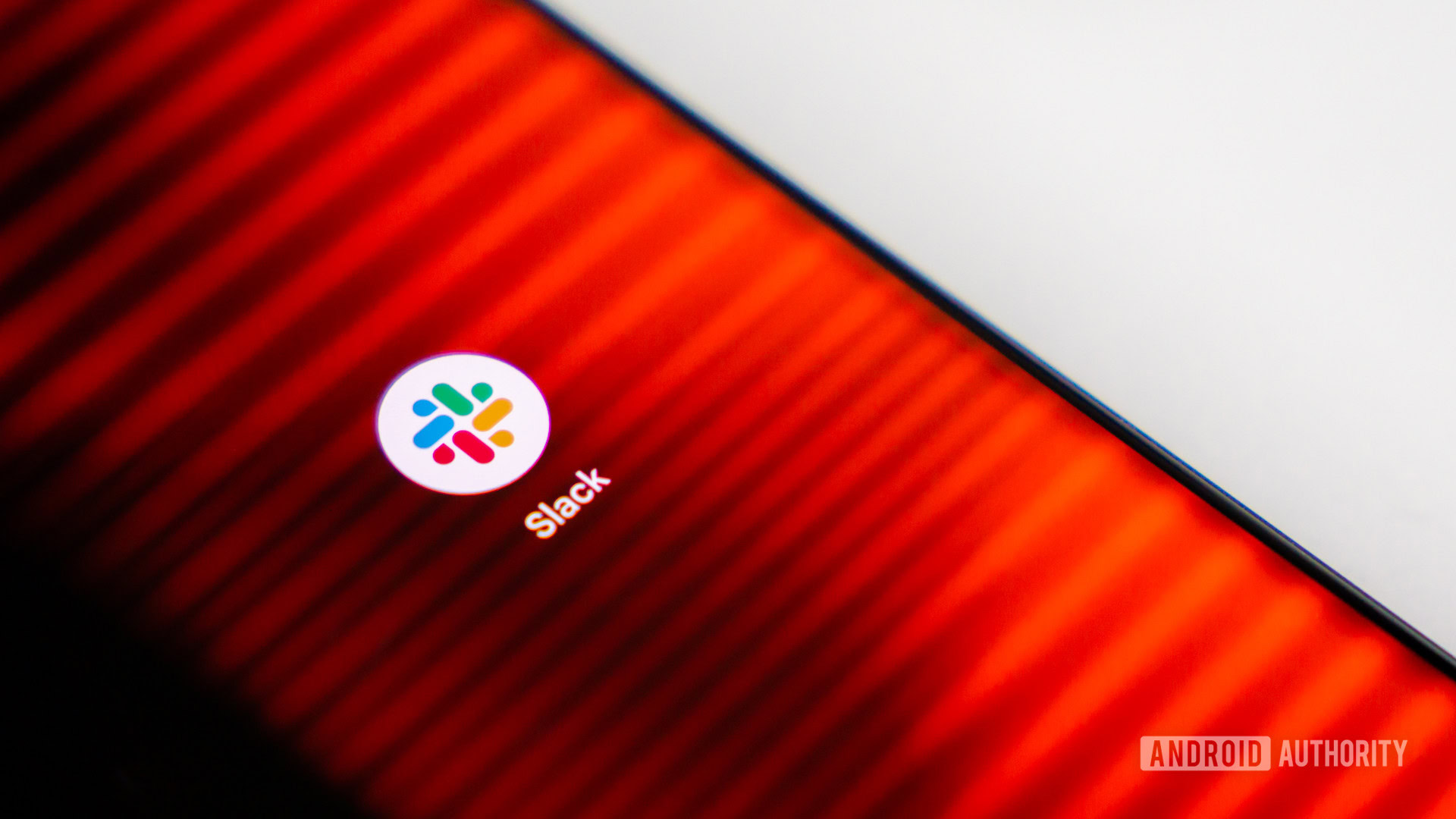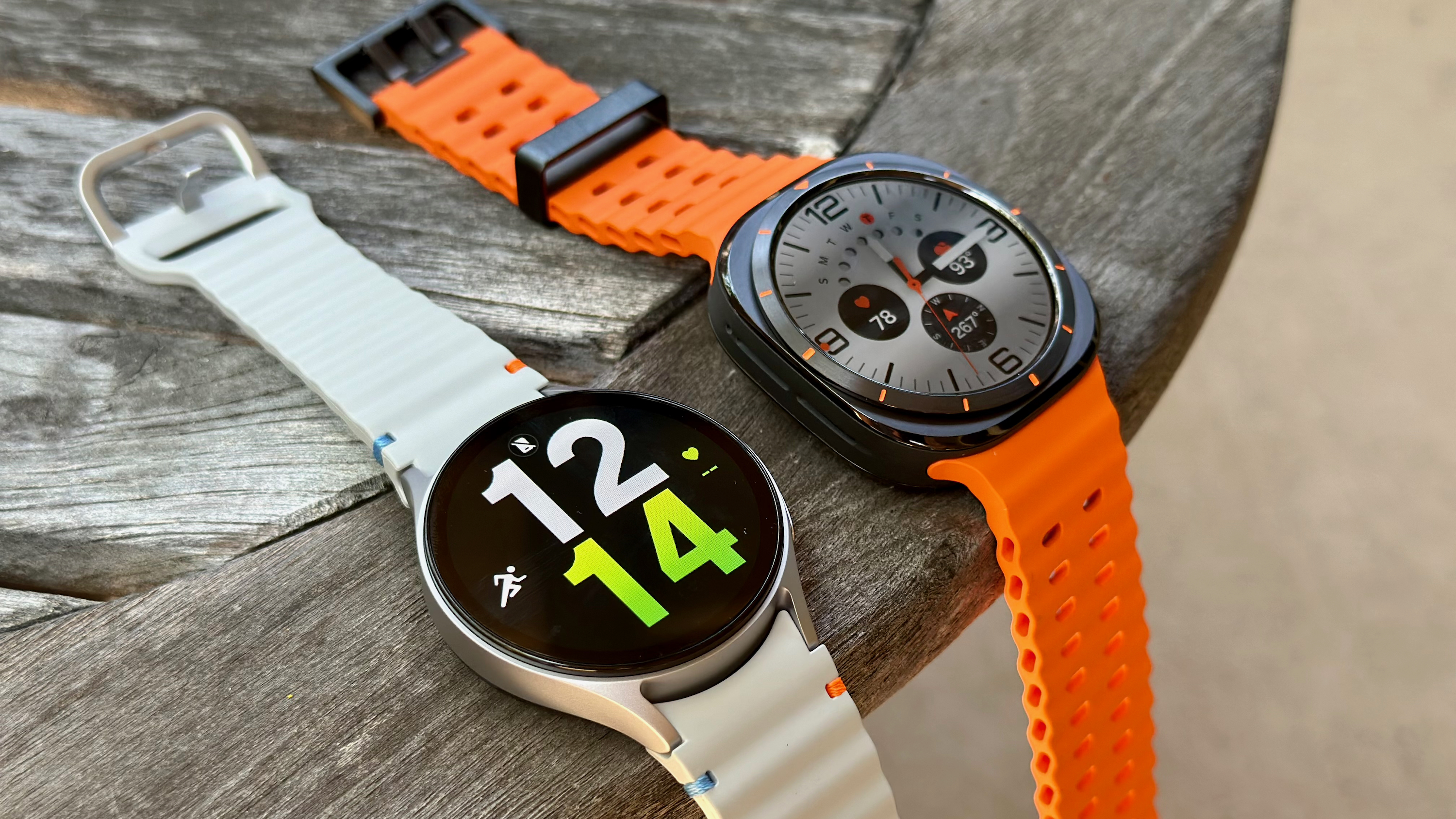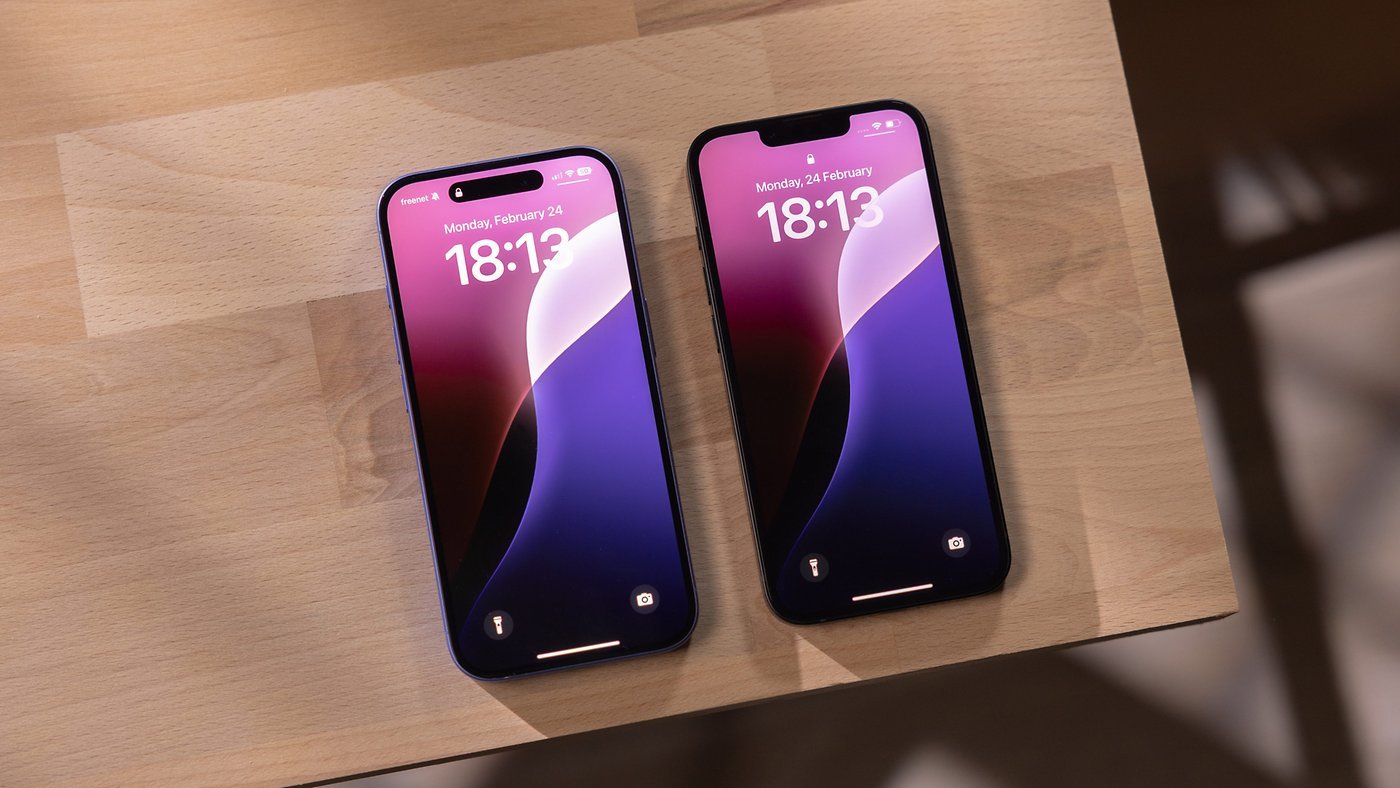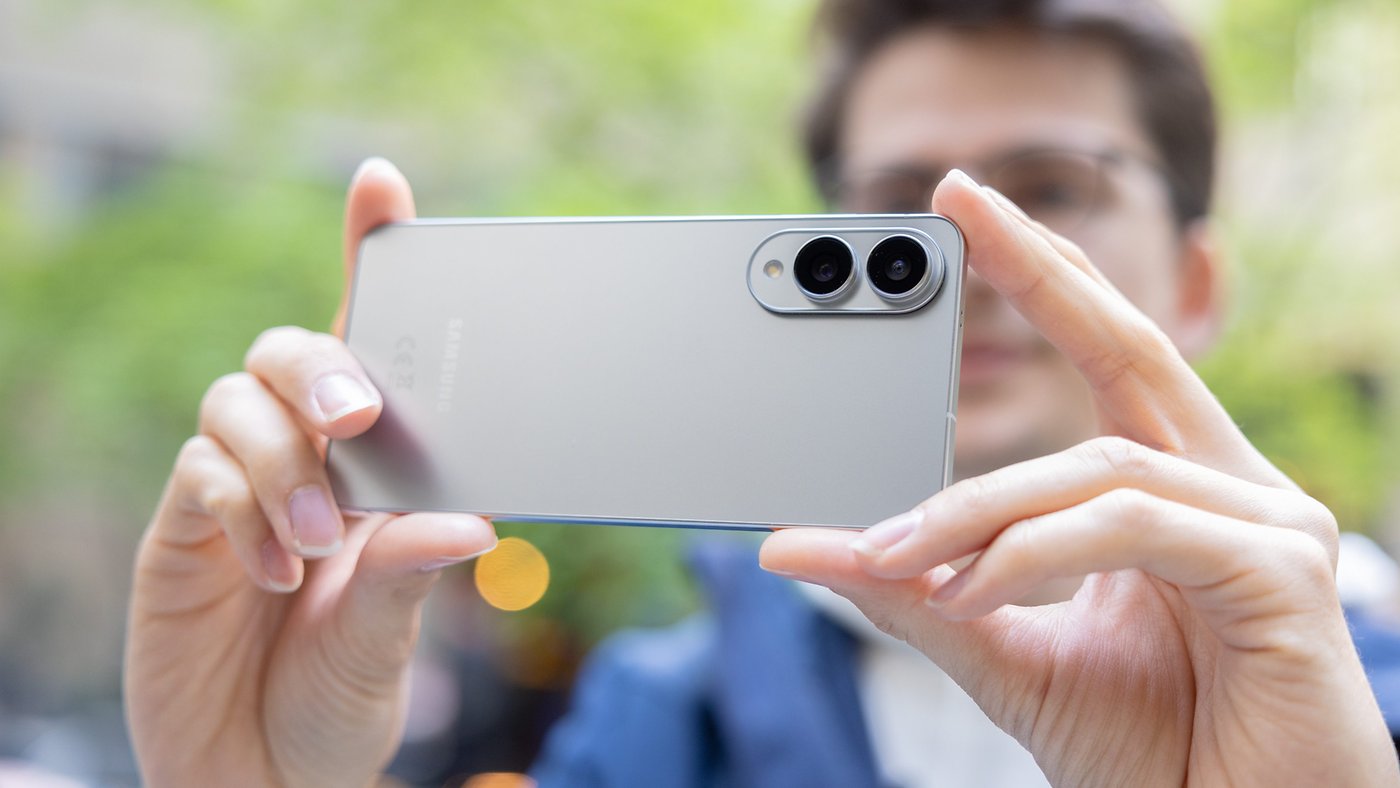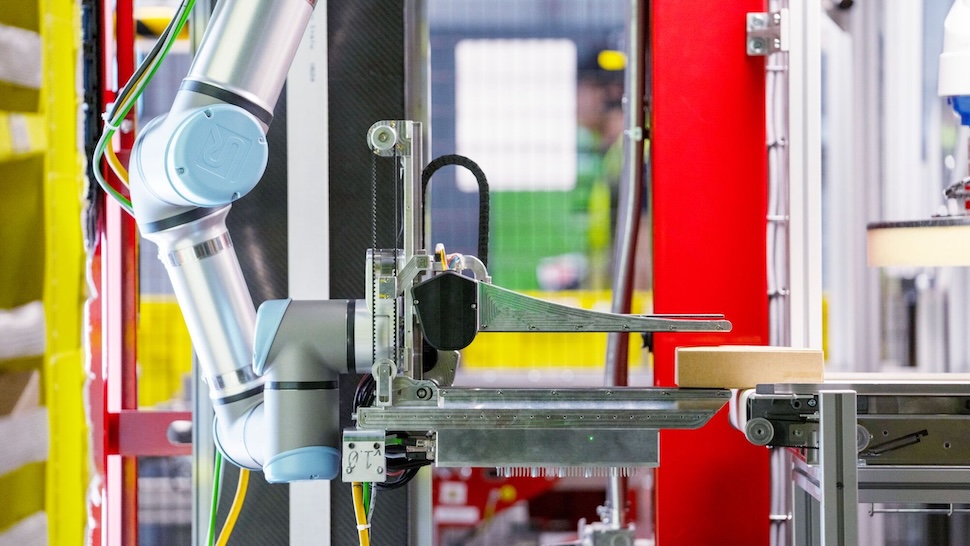Panasonic’s new Lumix S1 II mirrorless camera is a video powerhouse with some serious upgrades, but it’s pricey for a Lumix
Panasonic unveils the Lumix S1 II mirrorless camera with new partially-stacked 24MP sensor, plus the simpler Lumix S1 IIE and a new Lumix S 24-60mm F2.8 lens.
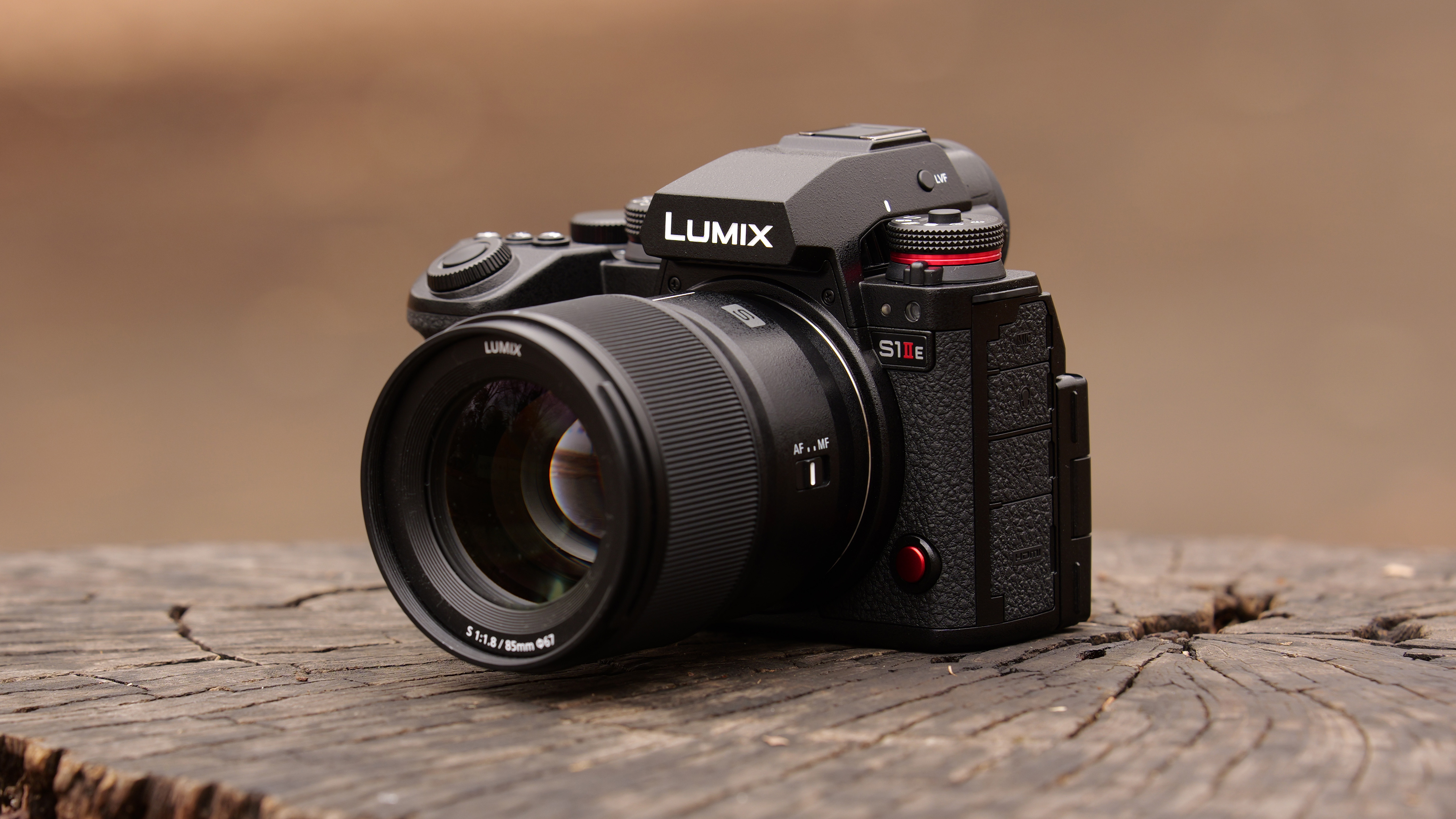
- The S1 II is the first Lumix camera with a partially stacked sensor
- Its design is identical to that of the pricier Lumix S1R II
- It's been announced alongside Lumix S1 IIE and new 24-60mm F2.8 lens
Panasonic has unveiled a trio of new products, headlined by the Lumix S1 II full-frame mirrorless camera, a video powerhouse that delivers a raft of upgrades over the Lumix S5 II / Lumix S5 IIX, which we currently rate as the best video camera for most people.
Chief among those upgrades is a 24.1MP partially stacked sensor – it's the first of its kind for Lumix, but likely the same sensor chip as found in the Nikon Z6 III, and should deliver the speediest performance for any Lumix camera to date.
The upshot includes 4K and 6K video recording up to 60fps from the full sensor area (open gate), a new 5.1K option, ProRes Raw internal recording, a Dynamic Range Boost mode, plus 70fps burst shooting with the option for 1.5 seconds pre-capture.
Panasonic also says the Lumix S1 II's autofocus speed is 1.6x faster than the Lumix S5 II, plus it debuts an Urban Sports autofocus mode, which should recognise the likes of parkour and freestyle football – I'll start doing my warmups now.
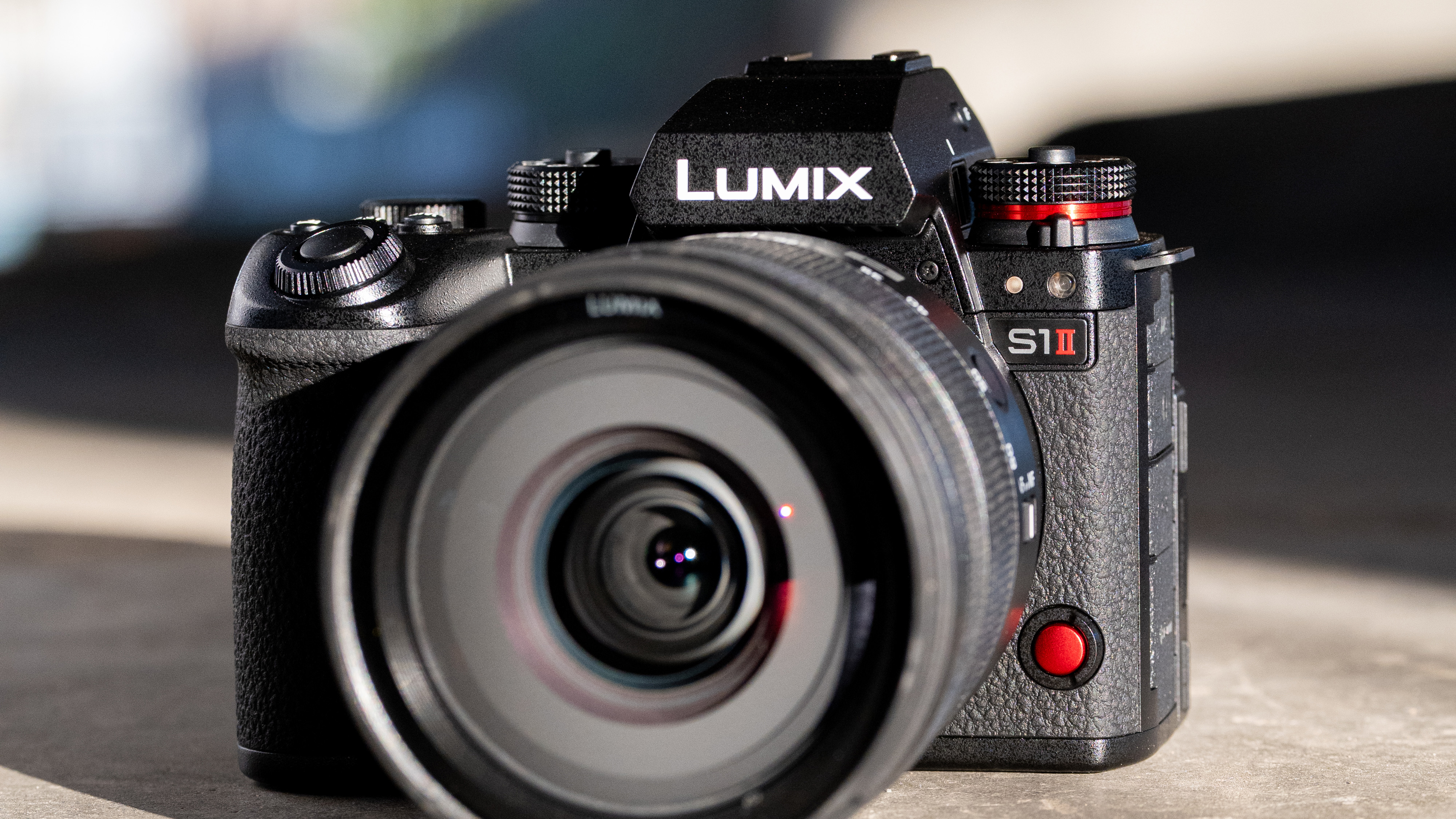
Design-wise, Panasonic has utilized the Lumix S1R II body, meaning the Lumix S1 II features a 5.76m-dot EVF, 1.84m-dot vari-angle touchscreen, and a durable body with generous handgrip – it's probably the best Lumix design to date for prosumers.
The Lumix S1 II body is yours for $2,899 / £2,899 – that's a fraction cheaper than the Lumix S1 R II, but costlier than the Nikon Z6 III – and it's set to be available from June.
The supporting cast features the cheaper Lumix S1 IIE – which again has a Lumix S1R II skin, but inside is the regular 24MP full-frame sensor like in the Lumix S5 II – plus a lightweight L-mount 24-60mm F2.8 lens that's much lighter and cheaper than the pro 24-70mm F2.8 lens.
The Lumix S1 IIE body costs $2,499 / £2,399, while the lens is £899 in the UK. We've yet to see Australia pricing for all of the above, plus US pricing for the lens.
Did Lumix just get expensive?
Panasonic's line of full-frame cameras just got a little more crowded with the launch of the S1 II and S1 IIE – and pricier.
There's natural separation between the new cameras and the Lumix S1R II with its higher-resolution 47MP sensor, despite an identical design, while the compact Lumix S9 is an altogether different proposition.
The Lumix S1 II series are two more 24MP cameras that make the S5 series look somewhat redundant, even if latter is now a more cost-effective option.
That said, while there's enough going for the pricer S1 II with its partially stacked sensor, the 'E' variant mostly packs S5 II tech into a S1R II body, plus it costs a fair whack more. I'm struggling to see a case for it.
The new 24-60mm F2.8 lens, meanwhile, looks like a smart addition to the L-mount, balancing superbly with the latest Lumix full-frame cameras, as I discovered during a hands-on session ahead of launch. It's also much cheaper than the pro 24-70mm F2.8.
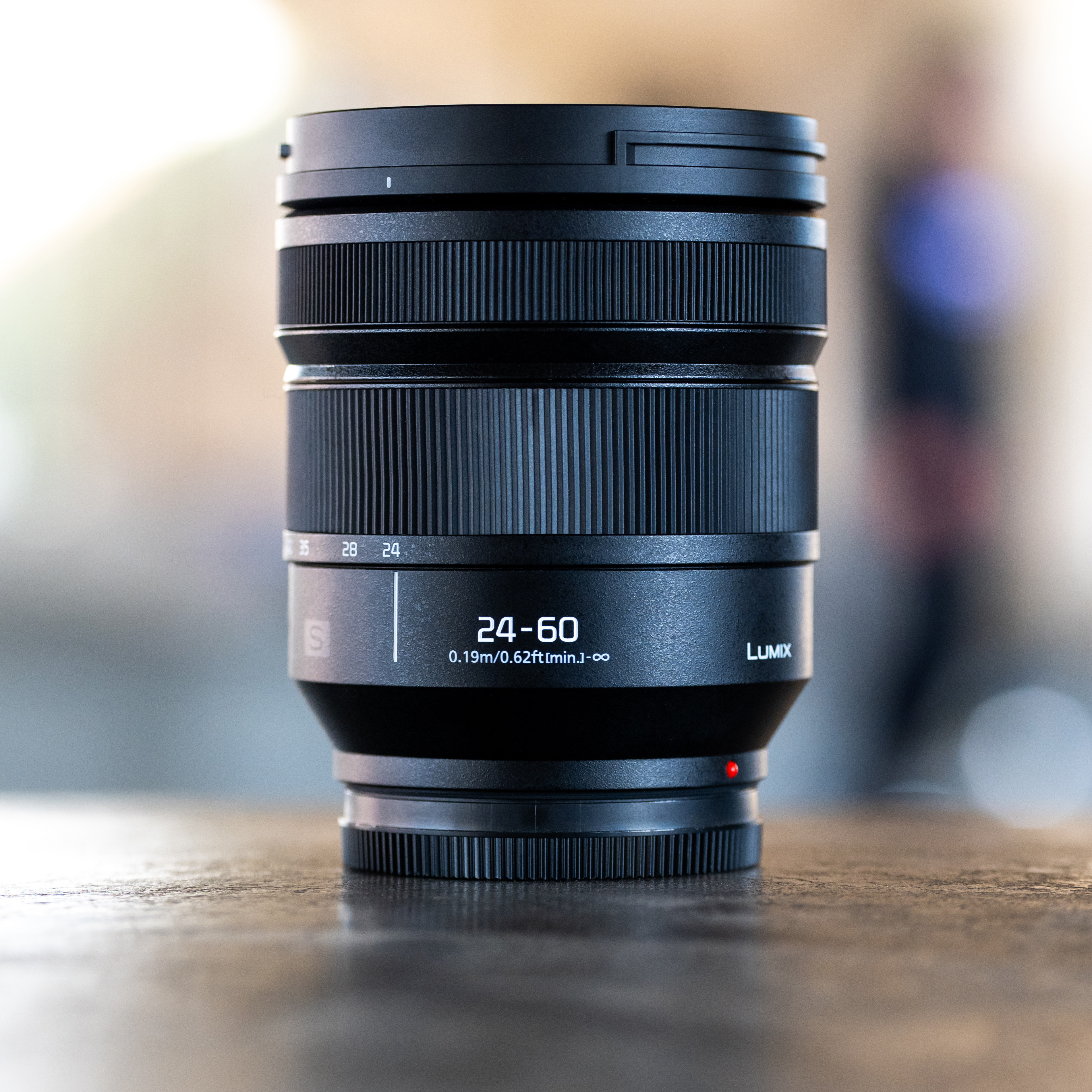
I have a lot of experience with the Lumix S5 II cameras – they're highly functional video-first hybrids. The Lumix S1 II takes things up a notch, and will likely join our list of the best video cameras.
However, the price increase this time around feels uncharacteristically steep for Lumix, a brand I historically think of as a budget choice, especially compared to Sony and Canon. That budget mantle could well be claimed by Nikon now – its Nikon Z6 III feels fairly similar to the Lumix S1 II, and is cheaper, and should give cost-conscious filmmakers pause for thought.
I'm currently testing the Lumix S1 II, and there's no doubt that it's a powerful hybrid mirrorless camera with a comprehensive suite of video recording modes, top-drawer 8EV in-body image stabilization and crop-less electronic stabilization, plus the handy Lumix Lab app, which just got an update. I'll share more thoughts from my real-world testing soon.
